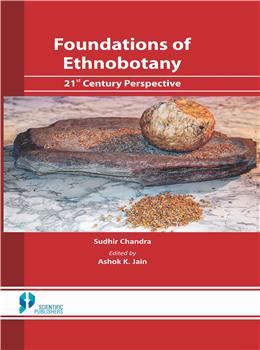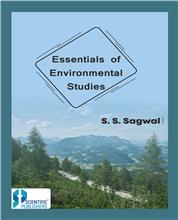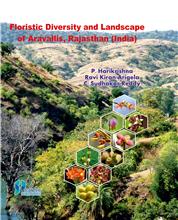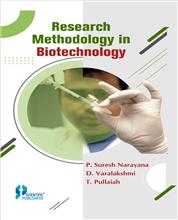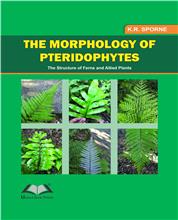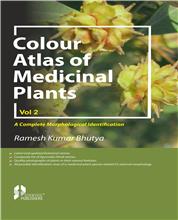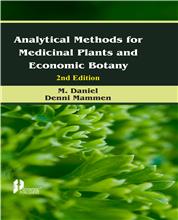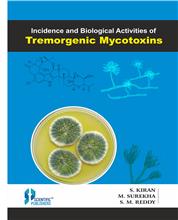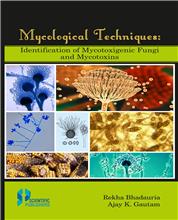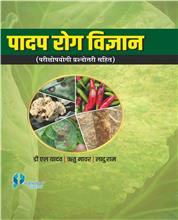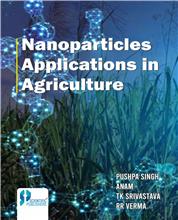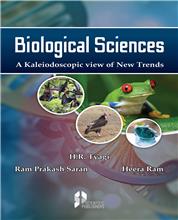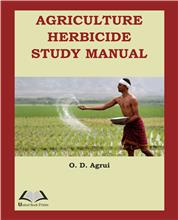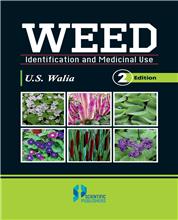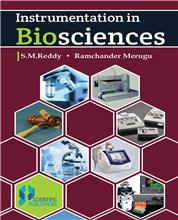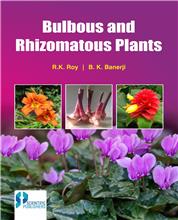1. Introduction
2. Bigoraphical Data of J.W. Harshburger – Gave the concept of Ethnobotany
Biographical Data of Richard I. Ford : Reviewed Foundations of Ethobotany
3. We need to look beyond Harshberger
Let us look at the world 550 million years ago
Cain and Abel (Hebrew: הֶבֶל ,קַיִן Qayin, Hevel)
The lone Brazilian :
Jackson Whites: In the 1790s, a previously unheard-of tribe of Native Americans
4. Centres of Origin of Cultivated Plants
(i) The African Continent : Millets, Cotton
(ii) Yunnan or China : Rice
(iii) The Fertile Crescent : Wheat, Barley, Lentils, Chick Pea
(iv) Meso America : Maize, Cotton, Squash (Cucurbita spp.), Tobacco
(v) North South America : Potato
(vi) New Guinea Yams (Dioscorea) and Torr (Colocasia)
(vii) later developed E. America: [Sunflower, goosefoot (Chenopodium spp.), sumpweed (Iva annua var. macrocarpa)
Note: Indian Subcontinent – Sugarcane – Spices
Part II
5. Archaeological and anthropological evidence
6. Seven societies around the world created agriculture 12,000 and 5000 years
7. Civilization
8. Neolithic Revolution
8.1. Agricultural transition
8.2. Domestication of plants
8.2.1 Agriculture in the Fertile Crescent
8.2.2 Agriculture in China
8.2.3. Agriculture in Africa
8.2.4. Agriculture in the Americas
8.2.5. Agriculture in Papua New Guinea
8.2.6. Agriculture in Mediterranean
9. Domestication of animals
9.1 Domestication of animals in the Middle East
10. Consequence
10.1 Social change
10.2 Subsequent revolutions
10.2.1 Disease
10.3. Technology
11. Archaeogenetics
12. References
Part III
13. History of agriculture in the Indian subcontinent
13.1. Indian Agriculture
13.1.1. Early history
13.1.1.1. Wheat
13.1.1.2. Cotton
13.1.1.3. Spices
13.1.1.4. Mango
13.1.1.5. Muskmelon
13.1.1.6. Hemp
13.1.1.7. Peas, Sesame, Dates, Sugarcane
13.1.1.8. Jujube
13.1.1.9. Rice
13.1.1.10. Barley
13.1.1.11. The Nathufians
13.1.1.12. Millets
13.1.1.13. Ragi
14. Chronology of Agricultural technology development in India
14.1. 9000 BC- 4500 BC
14.2. Indus Valley Civilisation (3000 – 1500 BC)
14.2.1. Pre-Harappan
14.2.2. Food-Economy in the Pre-Harappan Period
14.2.2.1. Triticum
14.2.2.2. Rice
14.2.2.3. Barley
14.2.2.4. Millets
14.2.2.5. Jowar Millet
14.2.2.6. Bajra
14.2.2.7. Ragi
14.2.2.8. Kodon
14.2.3. Agriculture in the Vindhyas
14.2.4. Indian Borderland : Afghanistan
14.2.5. Summary
14.2.6. References
14.2.7. Notes
14.3. Harappan Subsistence
14.3.1. Barley
14.3.2. Sorghum
14.3.3. Foxtail Millet
14.3.4. Gram
14.4. The Harappan Food Economy
14.4.1. Pre-Narhan Phase
14.4.2. Problems of Indus Valley Civilization
14.5. Timeline
14.5.1. Vedic period (1500 BC – 200 AD)
14.5.2. Historic Period (600 BC to 600 AD)
14.5.3. The Mauryan Empire (322–185 BC):
14.5.4. Chronology : Vedic Period – Post Maha Janapada Period (1500 BC -200 BC)
14.5.5. Anno Domini – High Middle Ages (200–1200 A.D.)
14.5.5.1. Millet
14.5.5.2. Potato
14.5.5.3. Crystallized Sugar
14.6. References
14.7. Indian Spice Trade
14.8. Early Chera, Pandyan, and Chola kingdoms (India)
14.9. Indian Spice exports
14.9.1. Spice Trade
14.9.2. The Islands of Malacca
14.9.3. Cultural Exchanges
14.10. Irrigation in South India
14.11. Chinese sericulture
14.12. Ancient times and Middle Ages
14.13. Late Middle Ages – Early Modern Era (1200–1757 AD)
14.14. Land management
15. History of agriculture
15.1. Origins
15.1.1. The Oasis hypothesis
15.1.2. The Hilly Flanks Hypothesis
15.1.3. The Feasting Model
15.1.4. The Demographic theories
15.1.5. The Evolutionary/Intentionality Hypothesis
15.1.6. The Levantine Primacy Model
15.1.7. The Domestication Hypothesis
15.1.8. The Innovation and Specialisation Model
15.2. Development of Agriculture
15.2.1. Neolithic Revolution
15.2.1.1. Archaeoethnobotany
15.2.1.1a. Wheat
15.2.1.1b.Barley
15.2.1.1c. Peas
15.2.1.1d. Lentils
15.2.1.1e. Bitter Vetch
15.2.1.1f. Chick Peas
15.2.1.1g. Flax
15.2.1.1.h. Fig Trees
15.2.2. Farming
15.2.3. Regional History
15.2.3.1: Sumer
15.2.3.1a. Apples
15.2.3.1b. Plums and Grapes
15.2.3c. Onager
15.2.3.2. Roman Empire
15.2.3.3. Ancient China
15.2.3.4. Indus civilization : Agriculture in India
15.2.3.5. Mesoamerica : Agriculture in Mesoamerica
15.2. 3.6. South America: Incan agriculture
15.2.3.7. North America
15.2.3.7a. Eastern Agricultural Complex
15.2.3.7b. Agriculture in the prehistoric Southwest
15.2.3.7c. Agriculture on the prehistoric Great Plains
15.2.3.7d. References
15.2.3.8. Australia
15.2.3.8a. References
15.3. Middle Ages and early modern period
15.3.1. Arab lands : Arab Agricultural Revolution
15.3.2. Europe
15.3.2.1. References
15.4. Columbian exchange
15.4.1. References
15.5. History of Cotton
15.5.1. Middle Ages and the Modern Era
15.5.2. British Empire
15.5.3. United States
15.5.3.1. Pre–Civil War United States
15.5.3.2. Civil War
15.5.4. Modern history
15.5.4.1. Boll weevils
15.5.4.2. Africa and India
15.5.4.3. Decline in the British cotton industry
15.5.4.4. Economy
15.5.4.5. References
15.6. History of Potato
15.6.1. History by region
15.6.1.1. South America
15.6.1.2. Europe
15.6.1.3. Africa
15.6.1.4. Asia
15.6.1.5. North America
15.6.2. References
15.7. History of domestication and cultivation : Rice
15.7.1. Asia
15.7.2. South India
15.7.3. China
15.7.4. Sri Lanka
15.7.5. Thailand
15.7.6. Indonesia
15.7.7. Japan
15.7.8. Korea
15.7.9. Myanmar
15.7. 10. Philippines
15.7.11. Vietnam
15.7.12. Middle East
15.7.13. Europe
15.7.14. Italy
15.7.15. Madagascar
15.7.16. Caribbean and Latin America
15.7. 17. United States
15.7.18. Australia
15.7.19. Africa
15.7.20. References
Part IV
16. Bronze Age
17. Iron Age
18. Medieval to Early Modern
19. Modernity
20. Fall of civilizations
20.1. Examples of civilizations
20.2. History of the Americas
20.2.1.1. Migration into the continents
20.2.1.2. Lithic stage (before 8000 BCE)
20.2.1.3. Archaic stage (8000 BC — 1000 BC)
20.2.1.4. Mesoamerica, the Woodland Period, and Mississippian Culture (2000 BC — 500 AD)
20.2.1.5. Classic stage (800 AD — 1300 AD)
20.2.1.5a. Oasisamerica
20.2.1.5b. Aridoamerica
20.2.1.5c. Mesoamerica
20.2.1.5d. South America
20.2.2. European colonization
20.2.2.1. Colonial Period
20.2.2.2. Decolonization
20.2.2.3. Effects of Slavery
20.2.2.4. References
21. Tribes that Avoided Modern Civilization
21.1. History
21.1.1. Modern
21.1.2. Asia
21.1.2.1. Andaman Islands, India
21.1.2.2. Vietnam
21.1.3. Oceania
21.1.3.1. Australia
21.1.3.2. New Guinea
21.1.4. North America
21.1.4.1. United States
21.1.5. South America
21.1.5.1. Bolivia
21.1.5.2. Brazil
21.1.5.3. Colombia
21.1.5.4. Ecuador
21.1.5.5. French Guinea
21.1.5.6. Guyana
21.1.5.7. Paraguay
21.1.5.8. Peru
21.1.5.9. Suriname
21.1.5.10. Venezuela
21.2. References
22. Time has come to Repay our debt to tribes
23. We need to provide a firm foundation for our National Institute of Ethnobotany
24. Intellectual Property Rights
25. Summary
